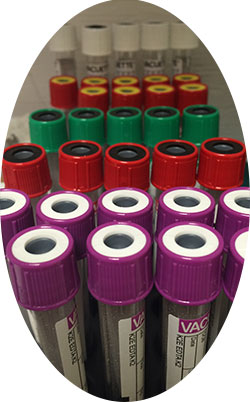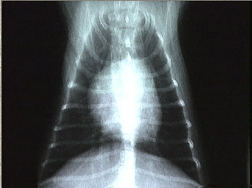
Our hospital maintains a comprehensive in-house diagnostic laboratory. This laboratory is a valuable tool in cases where immediate diagnostic testing and results are necessary to diagnose and treat sick patients that cannot wait for samples to be outsourced. We also provide prophylactic wellness screening panels and more specific diagnostic testing through an out-of-house reference laboratory.
Some of the testing that is typically performed in our in-house laboratory include: fecal analysis for patients with diarrhea, urinalysis for potential urinary tract infections, diabetes, or kidney disease, complete blood counts to assess hydration, for infections, anemia, immune disease or cancer, blood chemistry panels to assess liver and kidney function, blood sugar, pancreatitis, and gallbladder disease, as well as parvo tests, feline leukemia and FIV viruses, and tick borne diseases.


